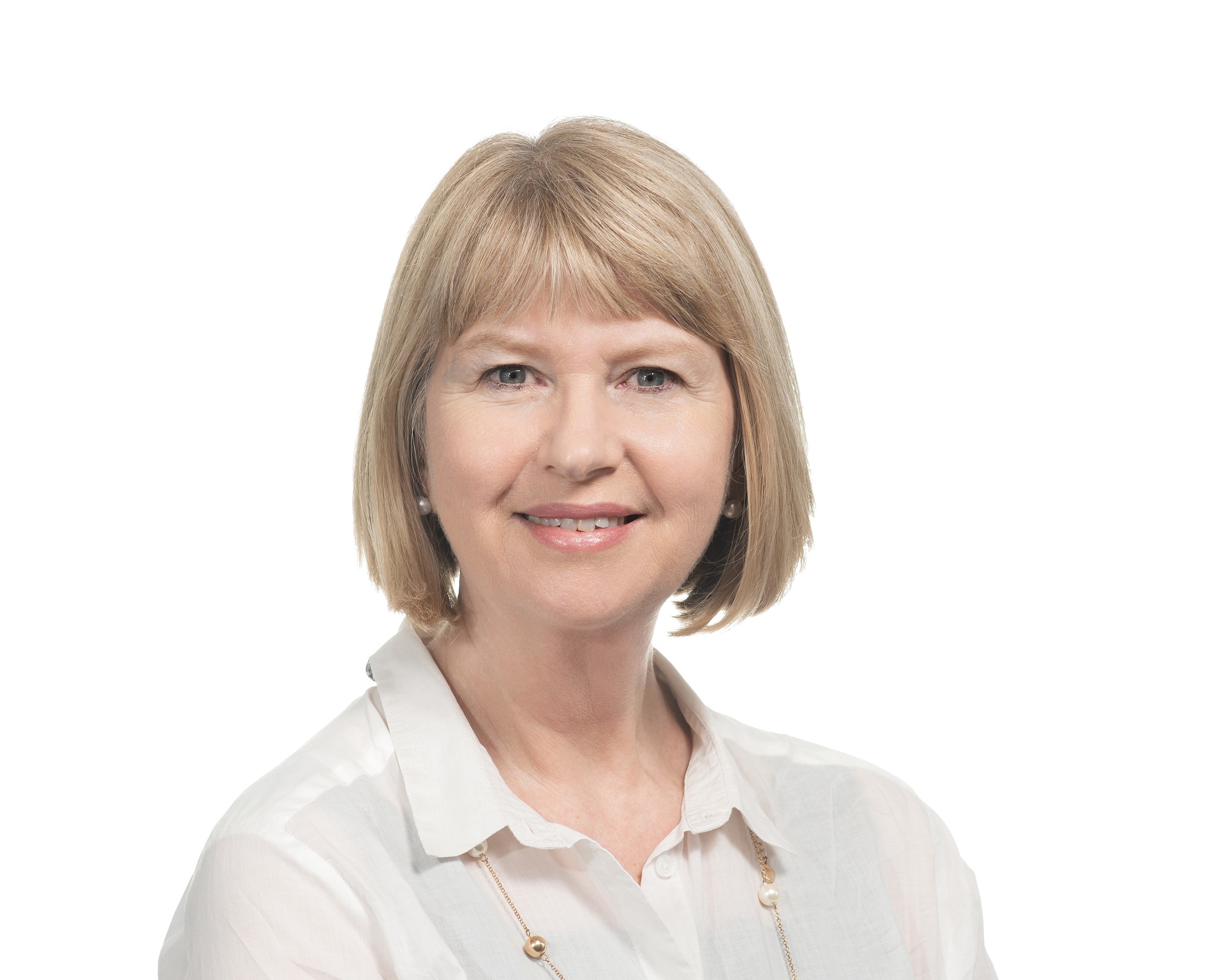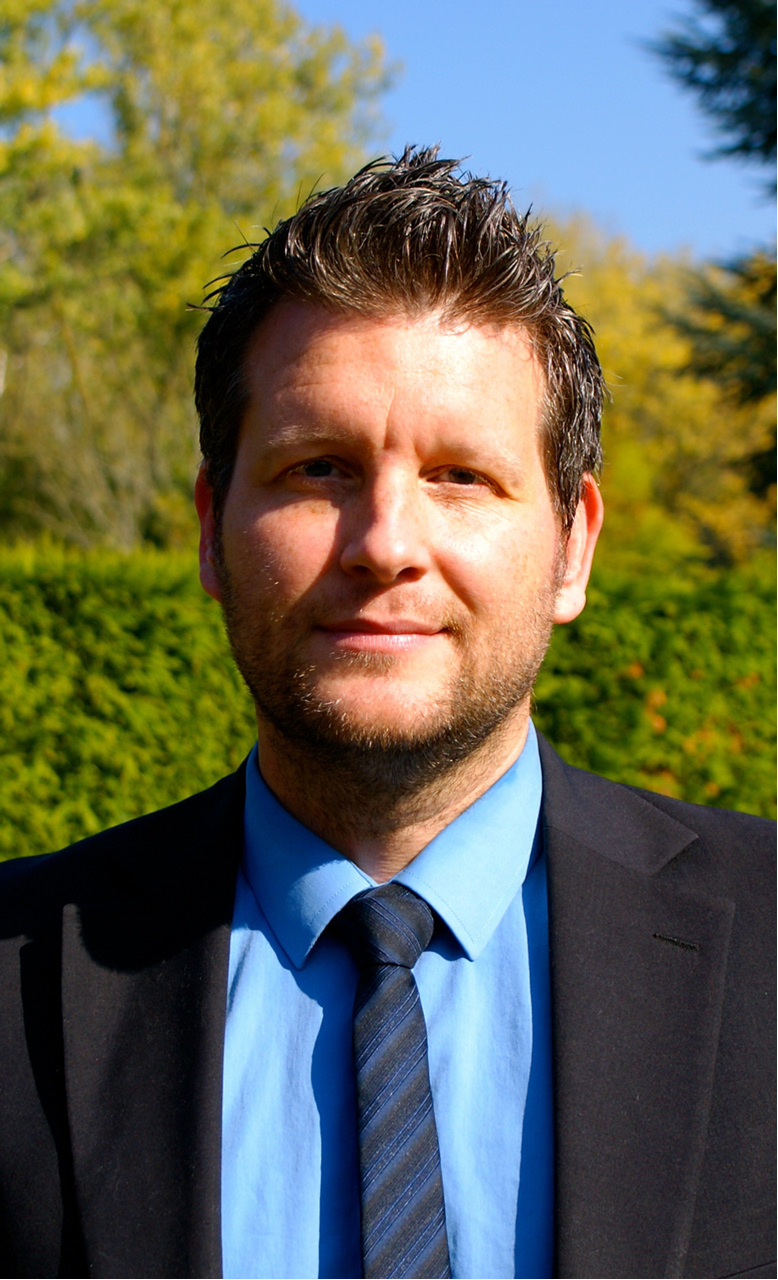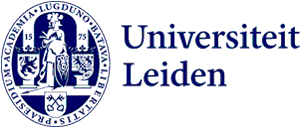
The long-awaited UN Summit of the Future has ended − what are the results?
Many saw the UN Summit of the Future as the moment of truth for the United Nations and its plans for the world. Joris Larik, Assistant Professor of Comparative, EU and International Law, explains the results.
War, inequality, poverty, climate change: the world faces pressing problems that call for good global cooperation and agreements. With the eyes of the international community turned to the UN, will it ever manage to take the lead and bring about positive change? Sunday 22 and Monday 23 September were an important litmus test: the UN Summit of the Future in New York
Joris Larik specialises in global governance and EU external relations law. He is also a co-founder of the Global Governance Innovation Network (GGIN). He and researchers from the US think tank Stimson Center wrote a report and policy recommendations for the summit.

Hi Joris, what makes the Summit of the Future so special?
‘This Summit of the Future was the culmination of a process that has been underway for four years, a moment of truth for the United Nations and global governance. That process began in 2020 with the UN’s 75th Anniversary Declaration, followed a year later by the “Our Common Agenda” report, in which Secretary-General António Guterres came with concrete proposals for making the world a better place in just about every area: from security to technology, from the environment to human rights. A bold move.
‘At the Summit of the Future this year, the 193 UN member states had to flesh out these proposals into a plan, a kind of roadmap for the future of the international community: the Pact for the Future. Mind you, this is a political document and not an international treaty.’
You and other researchers made recommendations for the Pact for the Future, advocating, for example, closer cooperation between the UN and the G20. Why?
‘At the Global Governance Innovation Network, we look for ambitious but realistic reform proposals and global governance ideas. We advocate for more direct cooperation between the G20 and the UN: for example, a meeting during “high-level week”, the week when heads of state and government address the UN General Assembly in New York. This would allow them to reach faster agreements and coordinate matters between the G20, the General Assembly, the Secretary-General and the directors of key institutions such as the International Monetary Fund and the World Bank.
‘Besides efficiency, this is also about legitimacy. The G20 is a forum that represents more than 85% of the global GDP and plays an important role in global crisis management. For example, in containing the 2008 and 2009 financial crisis. Then they make important decisions that affect the entire world.
‘However, many countries and regions are not represented in the G20, although this is changing. The African Union (AU) joined the G20 last year, as the second regional club after the EU. We propose capitalising on this momentum and are therefore also calling for closer cooperation between the G20 and the UN, where all the countries of the world are represented.’
You also recommend that ‘special drawing rights’ ( SDRs), a kind of international IMF money reserve, be available to Global South countries.
‘Yes, the world is clearly off track for meeting the UN Sustainable Development Goals by 2030. Global South countries need more money to launch sustainable projects and secure public goods. Allocating these special drawing rights can help but it is a controversial move.
‘This is because the number of SDRs often determines the number of votes per country in decision-making processes within the IMF. If Global South countries gain access to more SDRs, their voting power will increase. Not all Global North countries are in favour of that.’
‘The final stage of the summit was another diplomatic showdown.’
What are the main results of the summit?
‘The final stage of the summit was another diplomatic showdown. Shortly before the much-discussed future pact was to be adopted, Russia tabled a last-minute amendment that many saw as a “poison pill”, an attempt to derail the process.
‘A clever procedural move saved the pact. The Republic of Congo proposed a “motion for no action”: a motion to go ahead and ignore the Russian poison pill. This was passed with a large majority and the member states adopted the pact by acclamation soon after.
‘Despite tempered expectations, the final version of the Pact for the Future is a fairly detailed document of around 40 pages with 51 action items. It is good to see the proposed biennial global summit on economic and financial issues mentioned in the pact. Considerable attention is also devoted to reforming the global financial-economic system, including bridging the financing gap for achieving the SDGs and a bigger role for development banks. And the reform of the UN Security Council is more manifest, with better representation for African countries being seen as more urgent, for example.
‘The Pact for the Future represents a new chapter in global governance. And this is not the last we will hear on the various action items in the pact. Several “ImPact coalitions” − a good example of multistakeholder cooperation − will push to achieve their respective priorities in the coming years. The challenges remain enormous, but the roadmap and momentum are there.’
Text: Jan Joost Aten
Banner photo: UN Photo/Loey Felipe

Ann Skelton spoke at summit on children's rights
Leiden Professor of Children’s Rights Ann Skelton had an active role in this UN summit. Speaking from New York she says it was good that part of the programme was dedicated to children and youth. But as Chair of the UN Committee on the Rights of the Child, she would have liked to see children’s rights mentioned more explicitly in the Pact for the Future. ‘Overall, this document is weak on human and children’s rights. Many states oppose the inclusion of language that speaks of rights and duties.’
Skelton also thinks the topic of climate change is worded too cautiously. The pact now refers to threats to young people ‘enjoying their human rights and a clean, healthy and sustainable environment’. This is in contrast, she says, to General Comment 26 in the UN Convention on the Rights of the Child, which states that children have the right to a clean, healthy and sustainable environment.

Joachim Koops discussed the protection of civil rights in conflict zones at the summit
Professor of Security Studies Joachim Koops attended the UN summit as a ‘representative of civil society’ and an academic expert. He emphasises that much of the work was done before the summit. ‘I made suggestions for provisions on international peace and security for the Pact for the Future.’
During the summit, he spoke in meetings about strengthening peacekeeping and better protection for civilians in conflict zones. Koops’ proposals were based on his previous work on the Protection of Civilians in UN Peace Operations project and his current research on the future of UN peacekeeping. 'One of the things I advocated here in New York was more financial support and troops, especially from European countries. I also called for a broad UN coalition with regional and civil society organisations to make peacekeeping and peacebuilding more feasible.’
